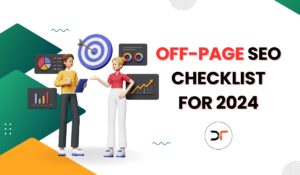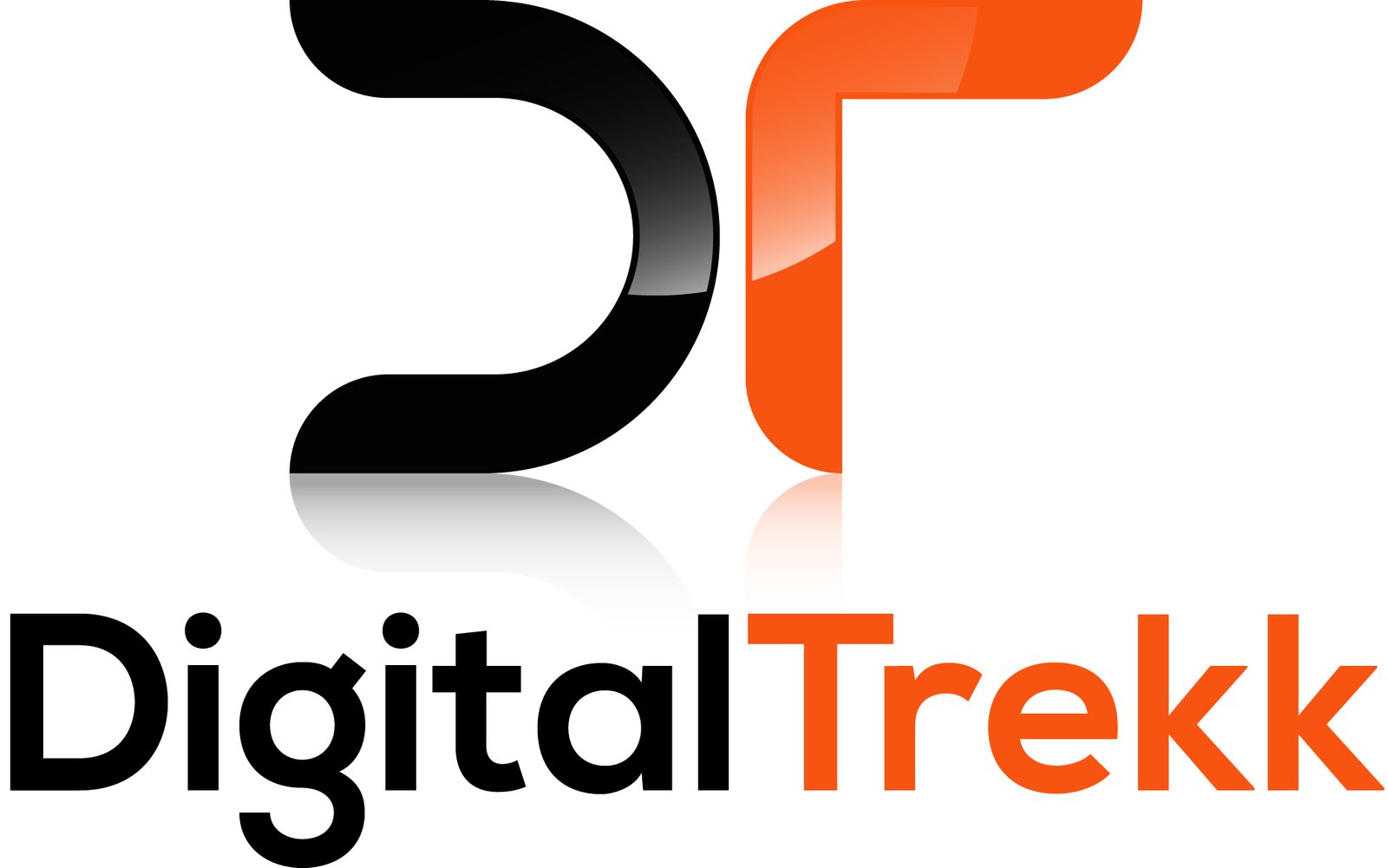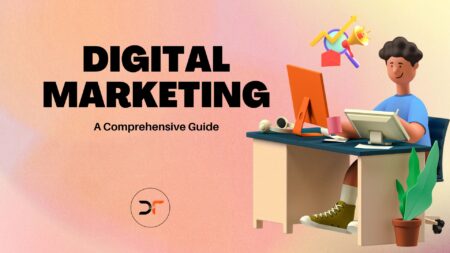Here is a detailed view of LinkedIn marketing strategies for B2B, LinkedIn marketing plays an important role in any B2B. Successful LinkedIn marketing will help your business to grow. For this reason, you need to have meaningful and effective LinkedIn marketing strategies. These strategies include:
1. Identify your audience When making LinkedIn Marketing Strategies for B2B:
Understanding your audience’s needs is the most crucial factor for the success of any marketing plan, including LinkedIn marketing. LinkedIn makes it easy for marketers to plan their strategies as it provides them with user demographics.
Several LinkedIn tools give you an overview of how your content is doing. The tools analyse how your page visitors are engaging with your content. With such data from these user demographic tools, you can draft a powerful strategy to target your content to the relevant audience. This way, you can easily measure the impact of your content and optimize the return of your investment (ROI).
Moreover, you can try other relevant LinkedIn automation tools to target your audience based on the demographics and generate more leads.
2. Understand Your Competitors
As part of your business strategy, you need to do more than identify your competitors. Make sure that you know what moves your competitors are taking. How do they market themselves, or what are they doing to remain relevant? What will make you stand out? What gap in their products or services could you fill? Take your time to plan a unique approach.
If you have appropriate answers to these questions, be sure that your strategy will succeed.
3. Set Objectives/Goals
Clearly defined goals are the driving core of any B2B marketing strategy. These are the cumulative goals that add to the ultimate mission you are working to achieve: driving sales and revenue. Some common B2B LinkedIn marketing objectives include:
- Increasing followers for your LinkedIn Page
- Make sure to engage your audience from time to time
- Increasing the content reach for your brand
- Steering competent leads
- Developing awareness/connecting with your prospects within targeted buying committees
- Driving traffic into your website
4. Create valuable content
Informative content can lead your marketing goals to success. Once you publish your company page on LinkedIn, you have to ensure that the content you are posting is valuable. Post viewers only, hit the follow option and the like button to keep you in their connection once they find values on your post and page. Some people might widen their knowledge from your content, while others may find solutions to their problems.
5. LinkedIn Ads
Run LinkedIn ads to achieve your goal of increasing page followers and generating leads. There are several approaches to reach your target audience on LinkedIn, such as;
Sponsored Content
Sponsored content allows you to distribute your LinkedIn Page updates to targeted LinkedIn members even outside your LinkedIn Page followers and visitors.
Direct Sponsored Content
Sponsored content will not appear on your LinkedIn Page or your Showcase Page. This allows you to share customized content and improve the quality and reach of your content with great ease.
Ad Placement on LinkedIn
When you run a LinkedIn Ads campaign, your creative will appear in several LinkedIn locations such as; text ads, sponsored in the mail- this is a message sent to LinkedIn message inboxes by advertisers, Dynamic ads- are customized ads depending on each member to suit them.
Increase your content reach
You can build your community through your content by responding to the comments you receive from your prospects. Sharing your articles on other posts will also give you an additional reach.
Data Targeting
LinkedIn offers filtering options that allow you to reach an engaged audience through data targeting. These options are useful in finding new prospects or uncovering new marketing segments around specific demographic categories.
6. Assessing Your LinkedIn Impact
Using analytics tools by LinkedIn can be helpful to monitor the performance, results, and metrics of your marketing strategy. These analytics tools include:
Profile Views
These numbers reveal how many people viewed your profile in the last three months, along with the details and demographics of post visitors.
Content Analytics
This is the total number of your content views. It includes the breakdown of your viewers and how they have been engaging with your content.
Search Appearances
This helps you know how the times your company profile has come up in search results over the past few weeks. It also has details concerning what type of searches brought up your profile.
Conclusion in summary
You can synchronize LinkedIn content strategy in a way that allows the customer to benefit from an appropriate product guide on what the company’s product is all about.
- Your content must reflect the vision of the company and drive interest to the customer.
- Your content must reflect how the product can solve other’s problems and why they should choose it.
- Post eye-catching images with clean, simple, and clear messages to help your content stand out.
- Focus more on making your customers understand the importance of your brand.
- Educate your audience more about your products & services
- Build the trust of your audience by sharing positive feedback from existing users.
- Create a LinkedIn calendar as well to decide what to post and when to post.
- Join LinkedIn relevant Groups (if they allow)
- Use proper hashtags and tag your partner companies also (if they allow). This way, your audience reach will increase.
- Keep your content-rich with media such as images, videos, and Slides so that you can acquire more views and engage more people.










